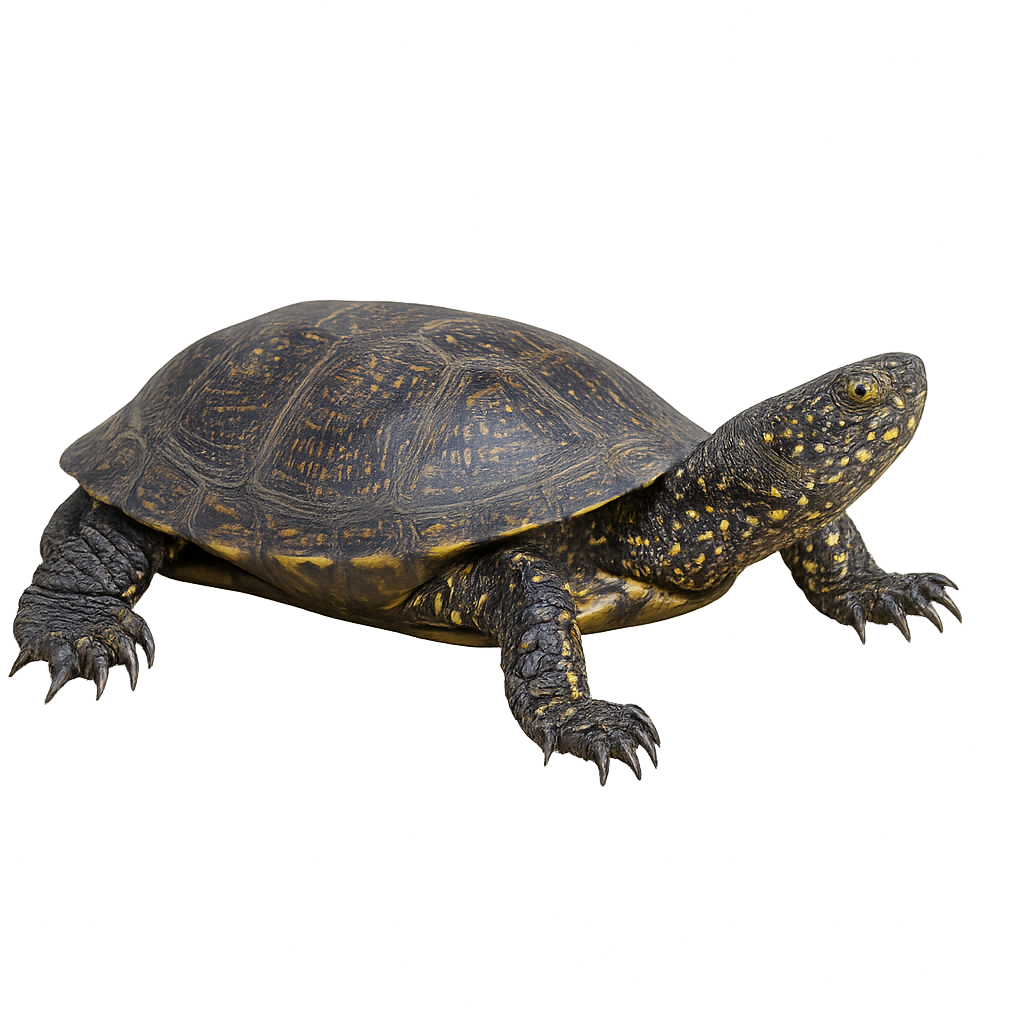Your wildlife photography guide.
Explore the european pond turtle in detail, study its behavior, prepare your shots.
Where to observe and photograph the european pond turtle in the wild
Learn where and when to spot the european pond turtle in the wild, how to identify the species based on distinctive features, and what natural environments it inhabits. The WildlifePhotographer app offers tailored photography tips that reflect the european pond turtle’s behavior, helping you capture better wildlife images. Explore the full species profile for key information including description, habitat, active periods, and approach techniques.
European Pond Turtle
Scientific name: Emys orbicularis

IUCN Status: Near Threatened
Family: EMYDIDAE
Group: Reptiles
Sensitivity to human approach: Suspicious
Minimum approach distance: 30 m
Reproduction period: April to June
Incubation: 80-110 jours
Births: April to June
Habitat:
Stagnant or slow-flowing waters with dense vegetation
Activity period :
Active during the day when temperatures are favorable, often seen basking in the sun.
Identification and description:
The European Pond Turtle is a medium-sized freshwater turtle, measuring between 12 and 20 cm in length. Its carapace is oval, slightly domed, dark brown to blackish, with yellow spots. The plastron is yellow with dark spots. The feet are webbed, adapted for swimming. This species inhabits stagnant or slow-flowing waters, such as ponds, marshes, and slow rivers, with dense aquatic vegetation. It is omnivorous, feeding on small aquatic invertebrates, fish, amphibians, and plant matter. Reproduction occurs in spring, with the female laying 8 to 10 eggs in loose, sunny soil. Incubation lasts about 80 to 110 days, with hatchlings emerging in late summer or the following spring. Listed as Near Threatened by the IUCN, the European Pond Turtle is protected in many European countries.
Recommended lens:
300 mm – adjust based on distance, desired framing (portrait or habitat), and approach conditions.
Photography tips:
Use a telephoto lens to photograph the European Pond Turtle, especially during its sunbathing on logs or banks. Favor soft morning or evening light to capture the details of its carapace. Be patient and discreet to observe its natural behaviors.
The WildlifePhotographer App is coming soon!
Be the first to explore the best nature spots, track rutting seasons, log your observations, and observe more wildlife.
Already 1 439 wildlife lovers subscribed worldwide

